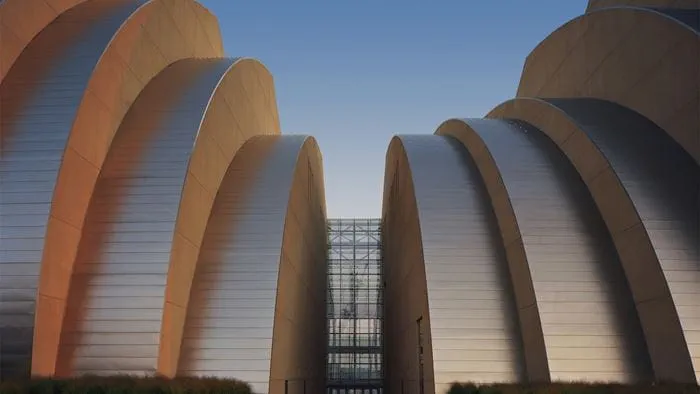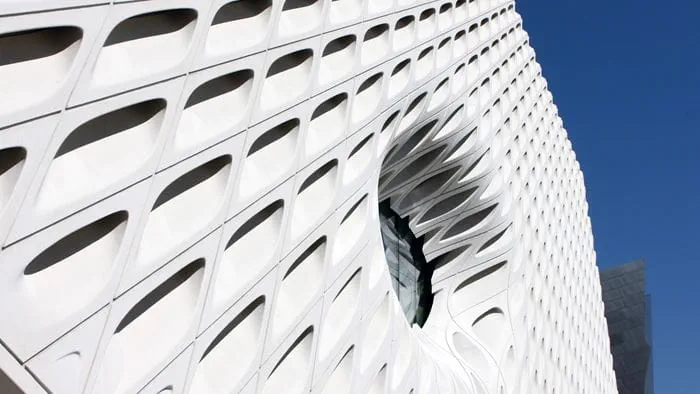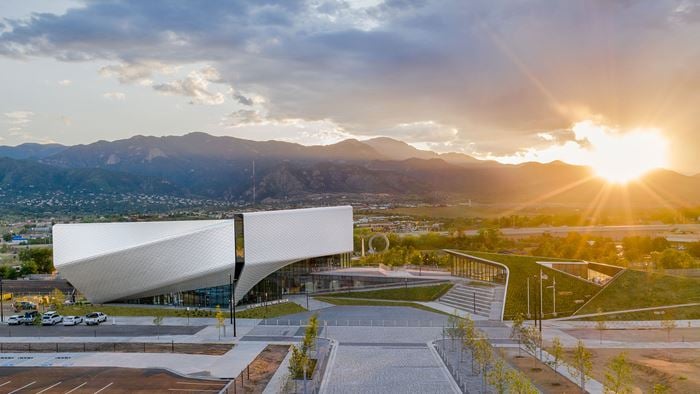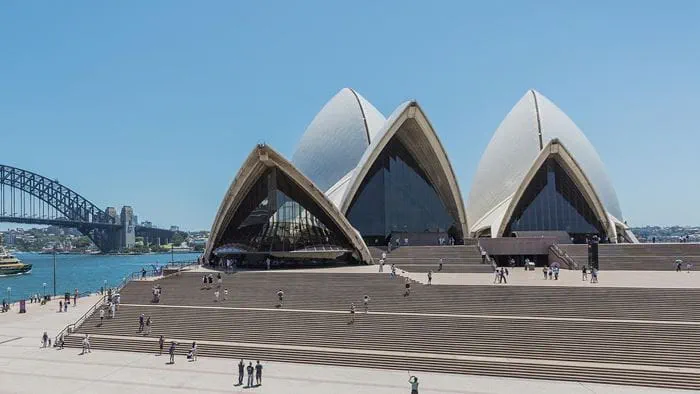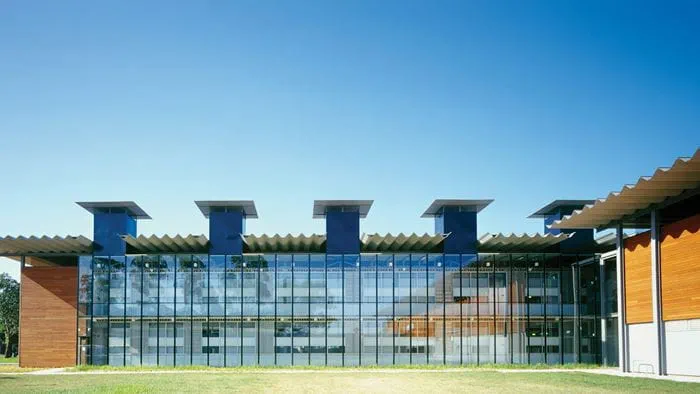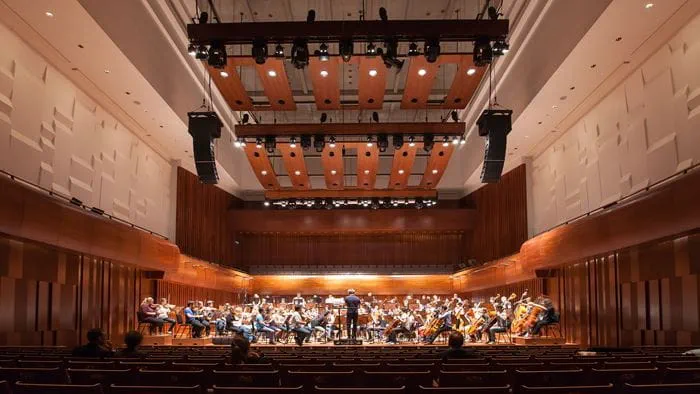The Art Preserve of the John Michael Kohler Arts Center is the world’s first museum devoted to artist-built environments. Located in a natural setting on 38 acres in Sheboygan, Wisconsin, the Art Preserve showcases an expansive and unique collection of artworks from self-trained artists through experiential and immersive spaces. The works of art, which sometimes use unusual materials like dough and chicken bones, require unique lighting and environmental controls as well as preservation criteria.
Arup supported the architect, Tres Birds, in designing the facility, providing mechanical, electrical, and plumbing engineering as well as lighting, acoustics, and security consulting services.
An inviting and effective lighting scheme
The Art Preserve has two main considerations for its lighting scheme: patron experience and art preservation. As lighting degrades artwork over time, the light sensitivity of artwork is a key factor to consider in the design of a museum space. To protect the artwork, save energy, and make the space more inviting and interesting, Arup proposed a Bluetooth-enabled lighting system that includes wireless sensors that will automatically brighten and dim the fixtures in response to occupancy in the galleries. The “smart” Bluetooth-enabled track lighting fixtures within collection spaces allow the staff to adjust the lighting from a mobile device. Each fixture is individually addressable, enabling granularity of control and greater curatorial flexibility to tune lighting according to the needs of each piece of artwork.
Project Summary
37,000 ft² dedicated gallery space with visible storage
38 acre sitewith innovative design elements that preserve the landscape and artwork
25,000 artworksby 30 artists
Each light fixture also records usage data, such as the total operating hours, temperature, and light intensity, providing additional valuable information for both curatorial and maintenance staff about the system performance and artwork exposure.
To allow for individual fixtures to be easily maintained and upgraded in the future, components such as the LED modules are designed to be replaceable. The design of the Bluetooth control system, which is free from the constraints of a traditional wired system, also allows for scalability and reconfiguration as it lets fixtures, scenes, and zones be either reprogrammed or expanded as needed.
© Rich Maciejewski, courtesy of John Michael Kohler Arts Center
Enhancing the acoustic experience
The museum previously faced acoustical challenges in their space, which was so lively that it was difficult to hear and understand docents trying to communicate with patrons. Arup engaged with the museum to better understand where and when these pain points were occurring. Leveraging our previous experience in acoustic design for museums, Arup conducted acoustic measurements within the existing facility and developed strategies for the new facility. The team identified a key challenge within the new facility around the staircase and central atrium. When large groups came in through the reception desk nearby, noise could easily propagate to galleries on all levels, resulting in an acoustic environment that negatively impacted the patron experience.
Arup created a 3D acoustic computer model of the new facility to study options and illustrate the impact of each using sound pressure maps. The team considered different finishes and their impact on acoustic performance, such as speech intelligibility and how sound would propagate through the space. Strategically located sound absorbing treatments, including acoustic ceiling tiles, fabric wrap panels, and a perforated acoustic metal deck product on the roof, were integrated into the final building design.
Investing in acoustic design also creates a more equitable and inclusive facility. Controlling the room acoustics provides an improved experience for autistic people or people with disabilities, such as hearing loss or dementia.
Ensuring an optimal preservation environment
To provide great patron experience while meeting preservation criteria, Arup proposed design considerations that meet specific space conditions such as humidity and temperature. A tightly controlled space preserves artwork as it prevents mold germination, corrosion, and physical damage.
Indoor air quality is enhanced through the mechanical system’s high change rates and filtration. The high air change rates, while providing benefits for humidity and temperature control, presented challenges related to noise and aesthetics. To address this, Arup selected low profile linear diffusers to maintain design consistency and a quiet environment within gallery spaces.
Additionally, to protect the artwork and facilitate routine maintenance, all mechanical system equipment was strategically centralized in dedicated mechanical rooms and isolated from the collection spaces. This enables the maintenance staff to do routine equipment maintenance and resolve issues while keeping all areas of the collection space available to patrons.
“We are proud to contribute to this first-of-its-kind art museum, ensuring that the design is sustainable, efficient, and provides a great patron experience. ”
Cory Abramowicz Senior Mechanical Engineer
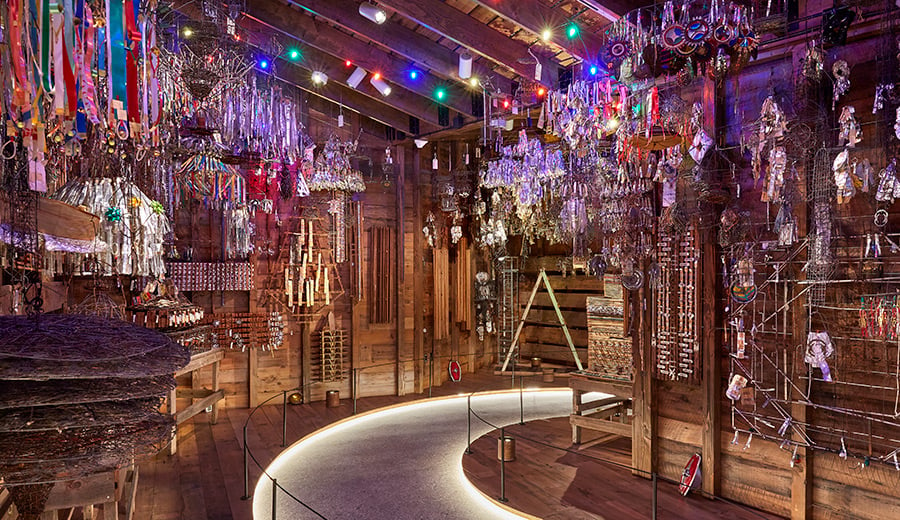
Driving energy efficiency
As the frigid winters in Wisconsin can get well below zero degrees Fahrenheit, Arup worked with Tres Birds to create a high-performing building envelope and mechanical systems. After analyzing options for the wall construction and glazing, the team selected a design that would sufficiently mitigate condensation on the inside of the façade. The building design also allowed the team to control how daylight enters gallery spaces through window positioning and the large timber exterior columns on the southern façade. In addition, the hillside-sunken northern façade provides ample wall space for exhibits while shielding the building from drastic thermal fluctuations.
Arup provided energy modelling to determine a cost-effective and efficient mechanical system – a dedicated outdoor air unit with a heat recovery wheel. This system captures energy from the exhaust air stream and transfers it into the air stream coming into the building, therefore providing cooling and heating depending on the season. The design also includes small, modular chillers that use variable speed compressors to granularly adjust based on the building load. In winter, the modular chillers also provide free cooling by using the cold air outside.
“The Art Preserve merges innovation, imagination, and sustainability into one facility. The craft and dedication of Tres Birds, the Kohler Arts Center, and the entire design and construction team enabled a creative collaboration to make a unique building, as well as improve visitor and staff experience. We are hopeful that the building will help raise awareness of this art form and inspire the next generation of artist-built environments. ”
Ryan Biziorek Associate Principal, Acoustics, Audiovisual, and Theatre Consulting
Building Automation System
The Art Preserve and John Michael Kohler Arts Center are owned and managed by the same organization, so the building automation system (BAS) that controls mechanical systems at the Art Preserve was designed for remote access. The building engineer is able to use a smart phone, tablet, or computer to remotely view the Art Preserve’s systems, check data points, and review alarms.
Header image by Durston Saylor, courtesy of the John Michael Kohler Arts Center.
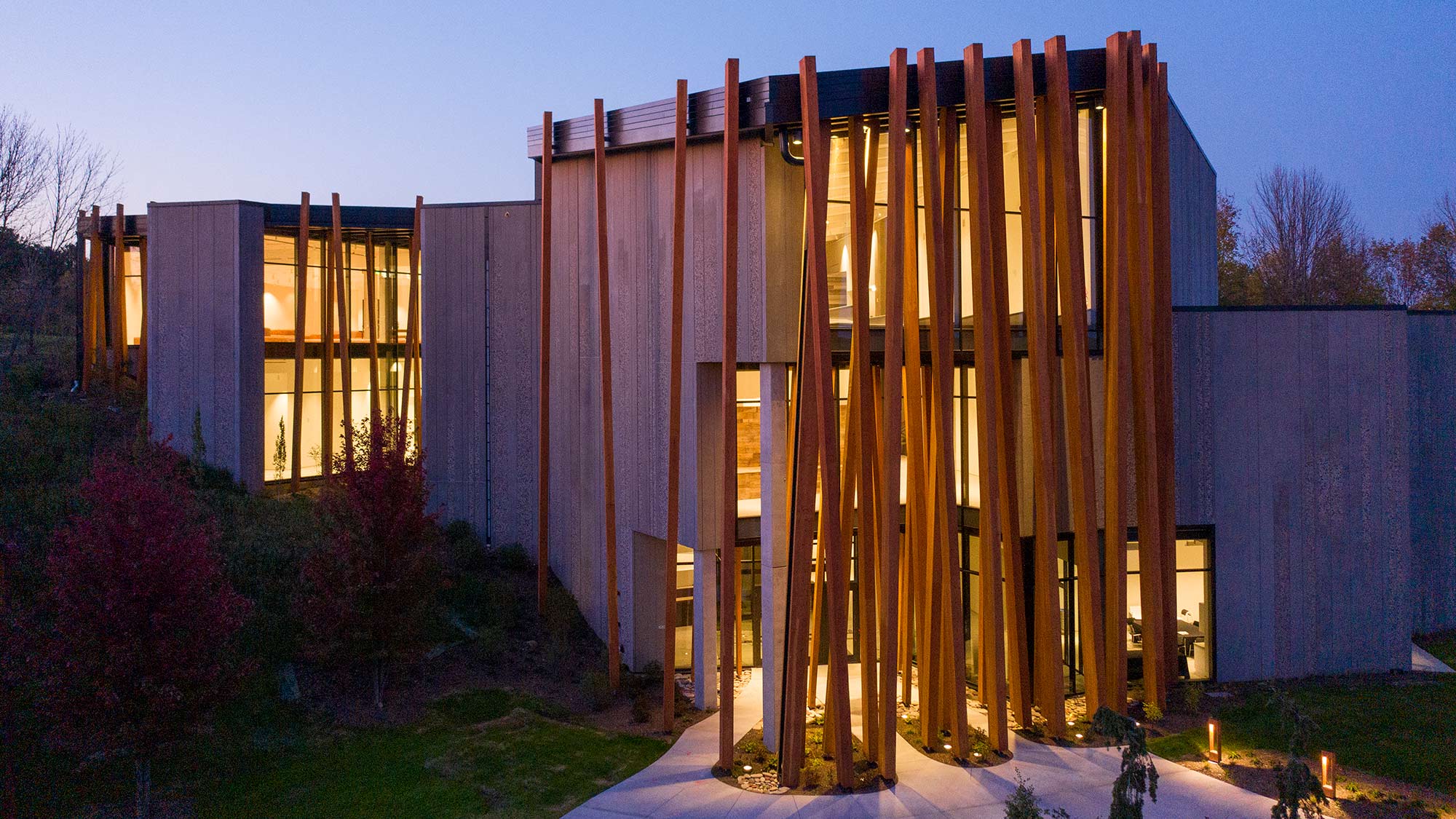 ;
;



